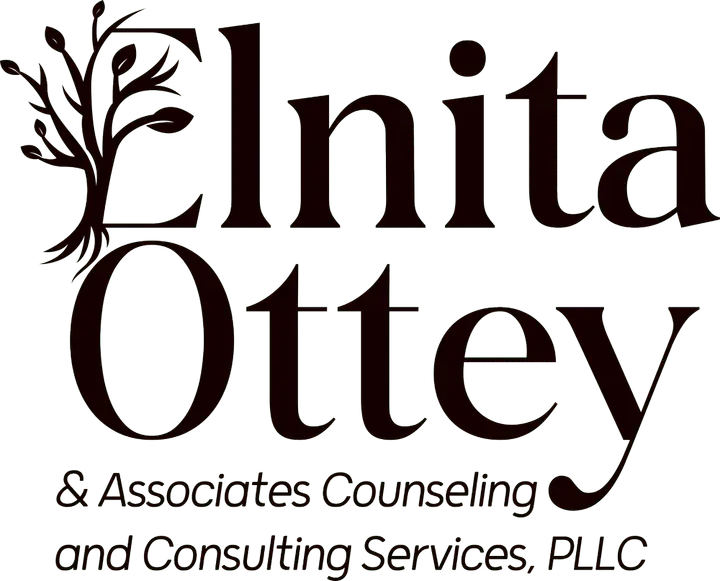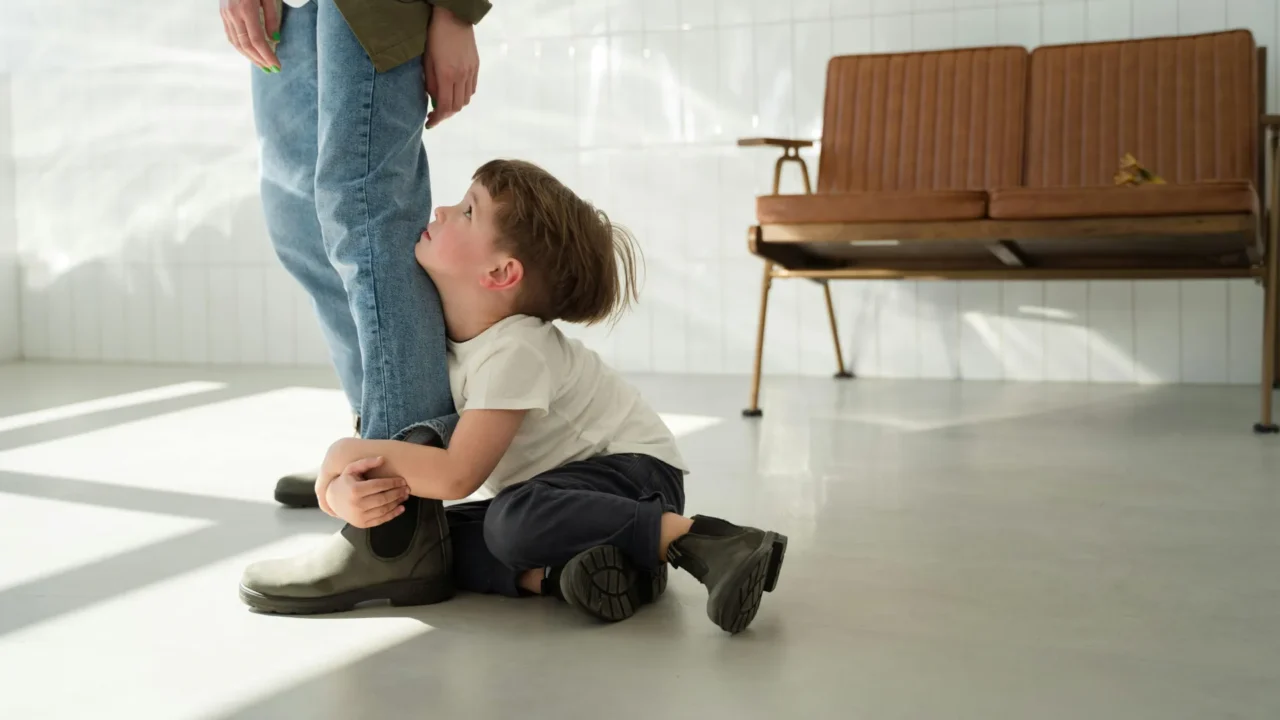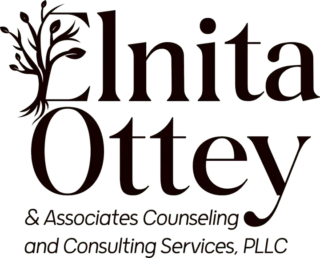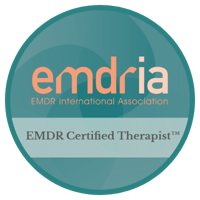Our ability to form healthy, trusting relationships begins long before we realize it, often in the earliest moments of life. Attachment is the emotional bond we form with our primary caregivers. This bond becomes the blueprint for how we perceive ourselves, others, and the world around us. When a child’s basic emotional needs for love, safety, and connection are met, they are more likely to develop secure attachment. But when those needs are unmet, due to neglect, abuse, abandonment, or inconsistency, attachment injuries begin to form.
These wounds are not always visible, but they leave a lasting impact. They influence how we approach relationships, handle conflict, regulate emotions, and even view our own self-worth. Fortunately, healing is possible. With the right support, including evidence-based therapies like EMDR (Eye Movement Desensitization and Reprocessing), individuals can work through attachment wounds and learn to build healthier, more fulfilling relationships.
How Early Experiences Shape Attachment
Attachment theory, developed by John Bowlby and expanded upon by Mary Ainsworth, emphasizes the importance of early relationships in emotional development. The way caregivers respond to a child’s emotional and physical needs helps shape the child’s attachment style.
✔️ Consistent, loving caregiving → Leads to secure attachment
Children who experience caregivers as emotionally available, predictable, and responsive learn that relationships are safe. They feel confident exploring their environment and seeking support when needed. This builds resilience and trust in both themselves and others.
✔️ Unpredictable or neglectful caregiving → Leads to anxious, avoidant, or disorganized attachment
When a caregiver is inconsistent, emotionally distant, dismissive, or frightening, the child’s developing brain learns that relationships are unreliable or dangerous. These children may grow into adults who fear abandonment (anxious attachment), avoid intimacy (avoidant attachment), or experience intense confusion and chaos in relationships (disorganized attachment).
Inconsistent caregiving doesn’t have to be extreme to leave an impact. Even subtle emotional neglect or chronic stress in the home can cause a child to feel unseen or unsafe. Over time, the brain adapts by developing protective strategies, like shutting down emotionally, becoming overly self-reliant, or clinging to others for fear of being left. While these adaptations serve as coping mechanisms in childhood, they often create dysfunction in adult relationships.
Signs of Attachment Issues in Adults
Attachment wounds can affect every area of life, not just romantic relationships. Some common signs include:
- Fear of abandonment or rejection
- Difficulty trusting others
- Struggles with emotional intimacy
- Low self-worth or feelings of not being “good enough”
- Anxiety or distress when separated from loved ones
- Pushing people away when they get too close
- Feeling emotionally numb or disconnected
These patterns often repeat across different relationships and can lead to feelings of loneliness, frustration, or shame. Many people don’t realize their struggles stem from early attachment experiences until they begin working with a therapist.

How EMDR Can Help Heal Attachment Issues
EMDR therapy is a powerful, evidence-based approach that helps individuals reprocess past experiences and change the way those memories are stored in the brain. Originally developed for trauma, EMDR is now widely used to address attachment-related issues as well.
✔️ Reprocessing early childhood memories to reduce emotional distress
EMDR allows clients to revisit painful memories from childhood—such as being ignored, shamed, or abandoned—while staying grounded in the present. Through bilateral stimulation (such as eye movements), the brain is guided to reprocess these memories and reduce their emotional intensity.
✔️ Replacing negative self-beliefs (“I am not lovable”) with healthier beliefs (“I am worthy of love”)
Many individuals with attachment wounds carry deep-rooted beliefs about themselves that were formed early in life. EMDR helps shift those negative beliefs to more adaptive ones, empowering clients to view themselves with compassion and confidence.
✔️ Helping the brain develop a sense of emotional safety in relationships
As distressing memories are reprocessed and replaced with healthier beliefs, clients often begin to feel more secure in their relationships. They can express needs, set boundaries, and form deeper connections without being overwhelmed by fear, shame, or doubt.
💡 Ready to break free from attachment wounds and build healthier relationships? Healing is possible—with guidance, compassion, and the right therapeutic tools.
Elnita Ottey, LCMHC, is an EMDRIA-certified EMDR therapist who specializes in helping clients heal from trauma and attachment injuries. She offers both in-person and virtual therapy sessions to support clients on their healing journey.
- In-person therapy is available in Monroe, NC, and the Charlotte Metro area.
- Virtual therapy is available to clients in Oregon, Oklahoma, Colorado, South Carolina, Tennessee, and North Carolina.
📍 Learn more at www.elnitaottey.com
🔎 Find a certified EMDR therapist at www.emdria.org








